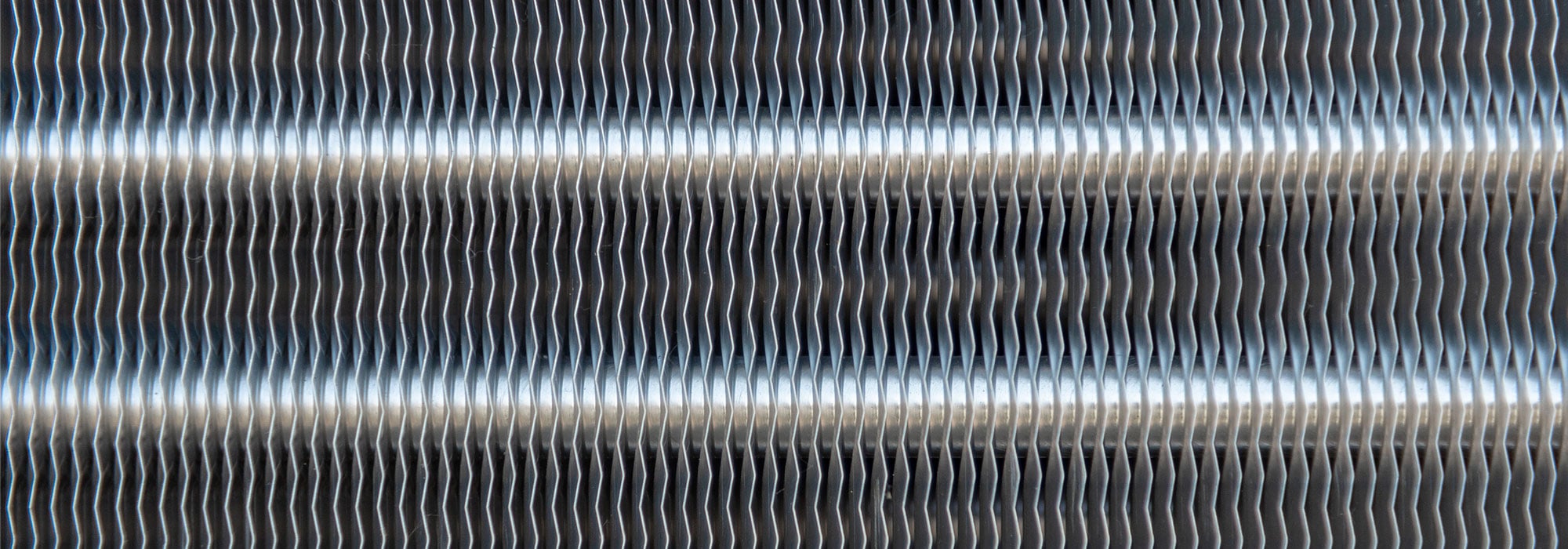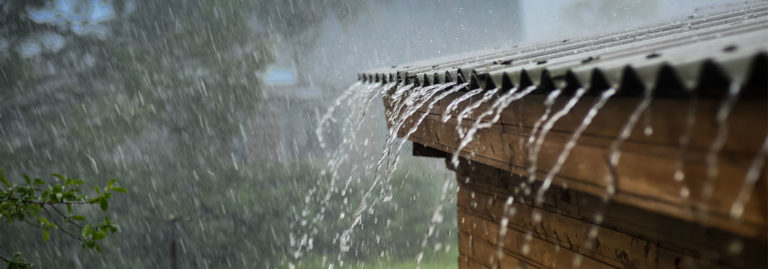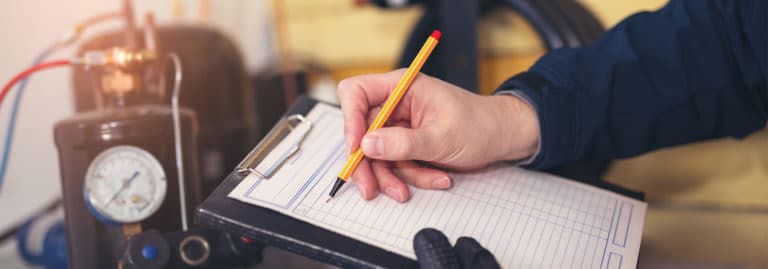What Are “Coils” & What Do They Do?
When you ask most homeowners if they know how their air conditioner works, most won’t know the process all that clearly. And that’s okay: as long as you know how to operate the thermostat, you’ll be able to fill your home with cool, dry air when the weather gets hot. However, knowing how your air conditioner works can help you identify problems and figure out when you may need to have it repaired or schedule a maintenance service. On this blog, we’ll explain how your air conditioner works as well as discuss the importance of two particularly important pieces of the system: your coils.
Two Types of Coils
Your air conditioner relies on two different types of coils to work correctly: your evaporator coil, and your condenser coil. These coils are what facilitate the vast majority of the heat transfer that makes your air conditioner produce cool, refreshing air that keeps your home comfortable.
Coils are not what you would typically think of when you hear the word “coil.” Most people think of a coil as something wound into a round or spiraled shape, sort of like a spring in your mattress or a slinky toy. The thing is, this particular shape isn’t all that conducive to heat transfer as it only exposes a limited amount of surface area to the air flow. So what you’ll actually see if you look into your air conditioner is a long length of copper or other metal tubing that’s wound back and forth along a grid that maximizes the amount of surface area exposed to airflow. It will generally look like a metal tube that’s wound into a long, weaving snake across a major air vent.
How Coils Work
Coils are essentially what allow the refrigerant to either gain or lose heat based on where you want the heat to be, which in the case of your air conditioner, is outside. Your evaporator coil is where you want your coil to absorb heat, thus removing it from your home and carrying it outside. It does so by having a blower fan force air over your coil, which is full of a fluid known as refrigerant, which can easily shift between gas and liquid state and has outstanding heat transfer properties. In your evaporator coil, this refrigerant is extremely cold, and air forced over the coil forces heat to transfer into the refrigerant, warming it up while simultaneously cooling the air.
From there, the refrigerant makes its way out of your coil and heads towards your outdoor unit. Here, the substance is put through a compressor, which condenses the material into a gas, a process which absorbs heat and makes the refrigerant super-hot. From there, the high-pressure gas is fed into your condenser coil, which is where the fan in your outdoor unit pulls air through the cooling fins and over the coil, cooling the refrigerant in the coil and expelling the heat into the air. This is why the air coming out from your outdoor unit feels warm or even hot to the touch.
Once the high-pressure refrigerant has lost a good amount of its heat, it then moves back inside, where it goes through an expansion chamber, relieving the pressure, and causing the refrigerant to then expel even more heat, making it super cold and sending it back through your evaporator coil once again.
Caring For Your Coils
As you might imagine, these coils need to be in great shape and properly cared for in order to optimally facilitate heat transfer effectively. This is why an annual cleaning is so important: dust and other debris can become attached to your coils over the months of use, and even a small coating can be an effective blanket, hindering the heat transfer that’s so important for your system to work well.
A maintenance service performed by the Sarasota air conditioning experts from Airrific Air Conditioning & Heating includes coil cleaning as part of the service, ensuring that your entire system is ready for the months of use ahead of it.
Need Air Conditioning Maintenance? Talk to your air conditioning repair experts at Airrific Air Conditioning & Heating today! Call (941) 371-3355.








